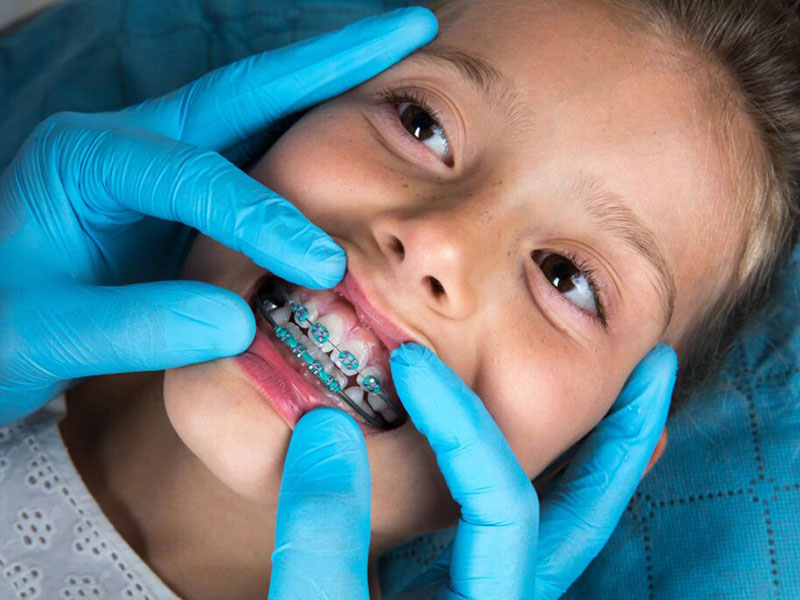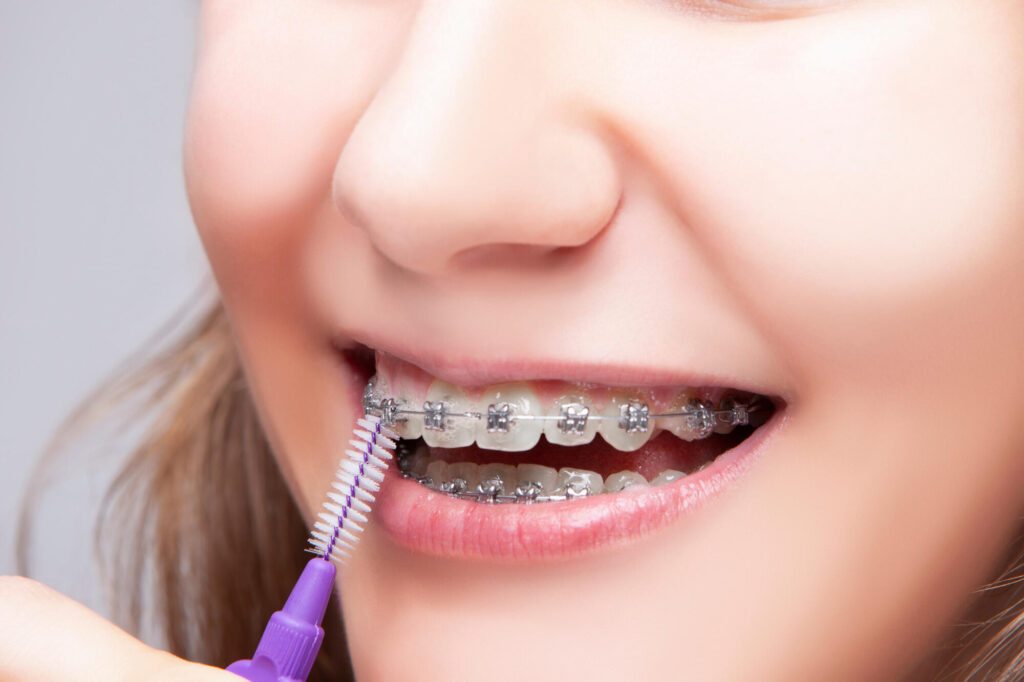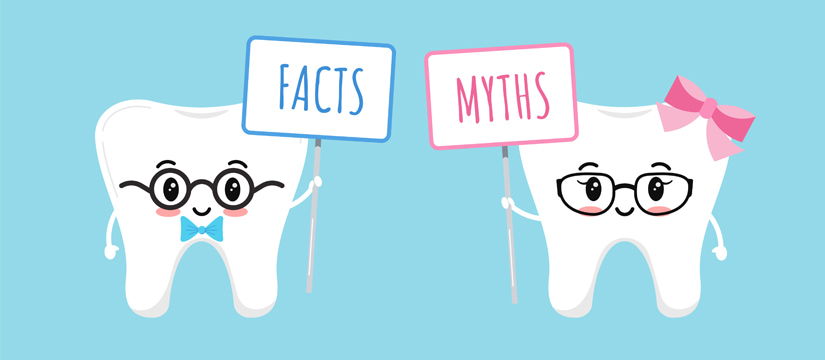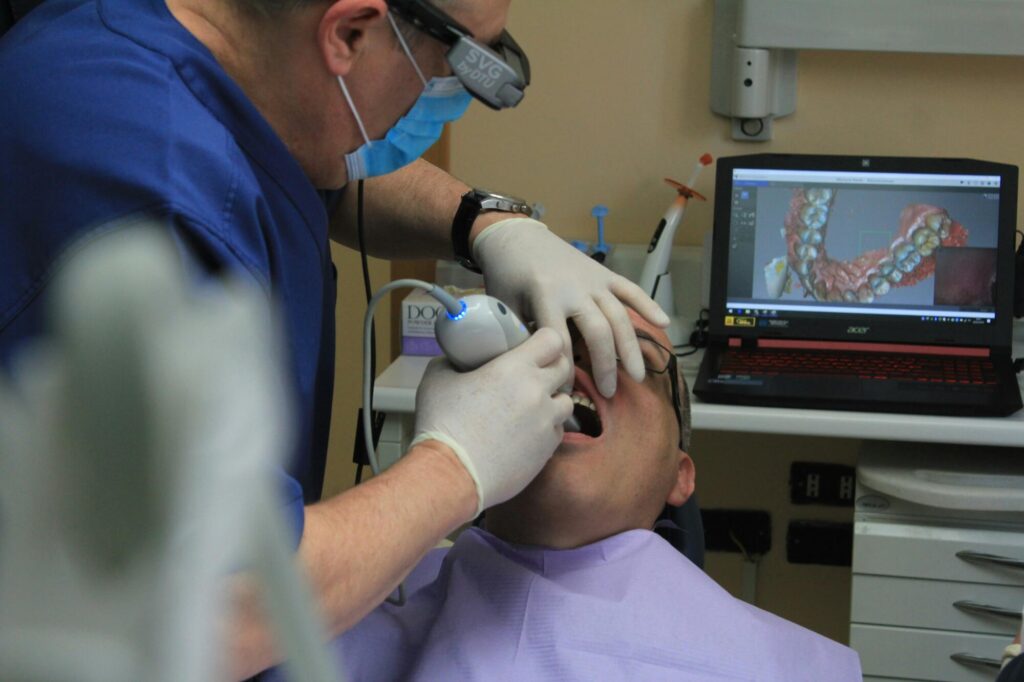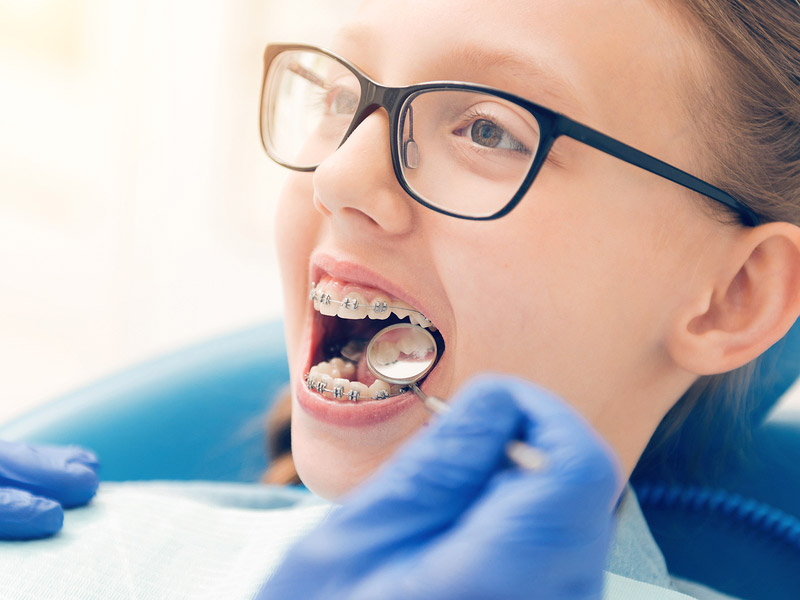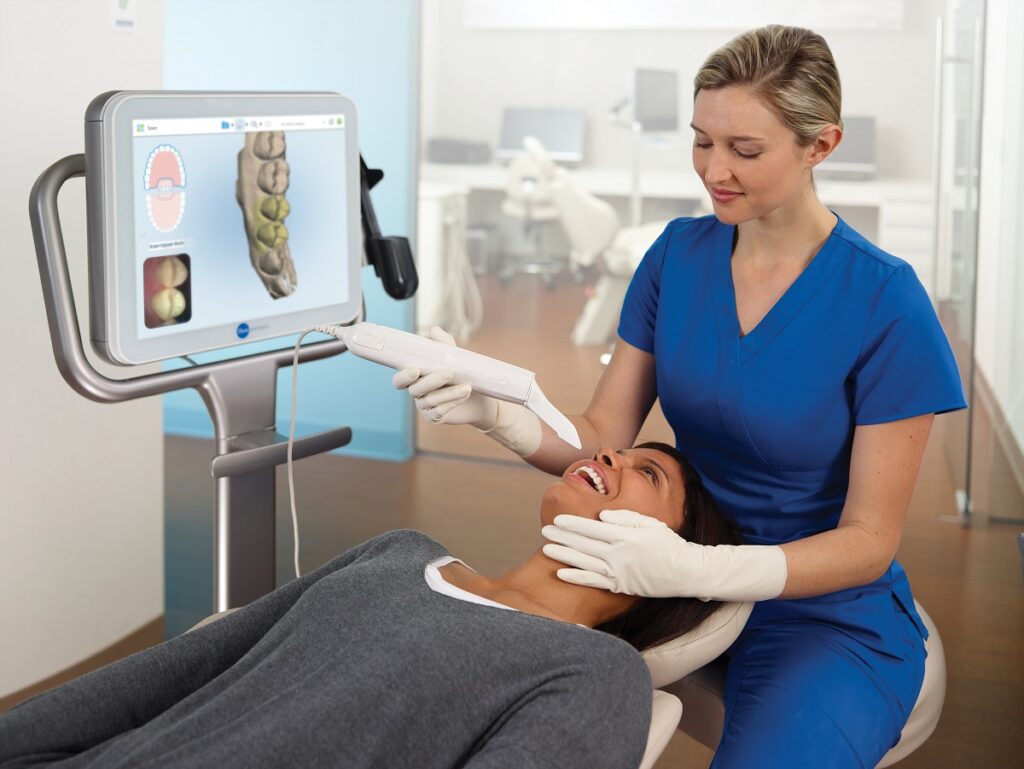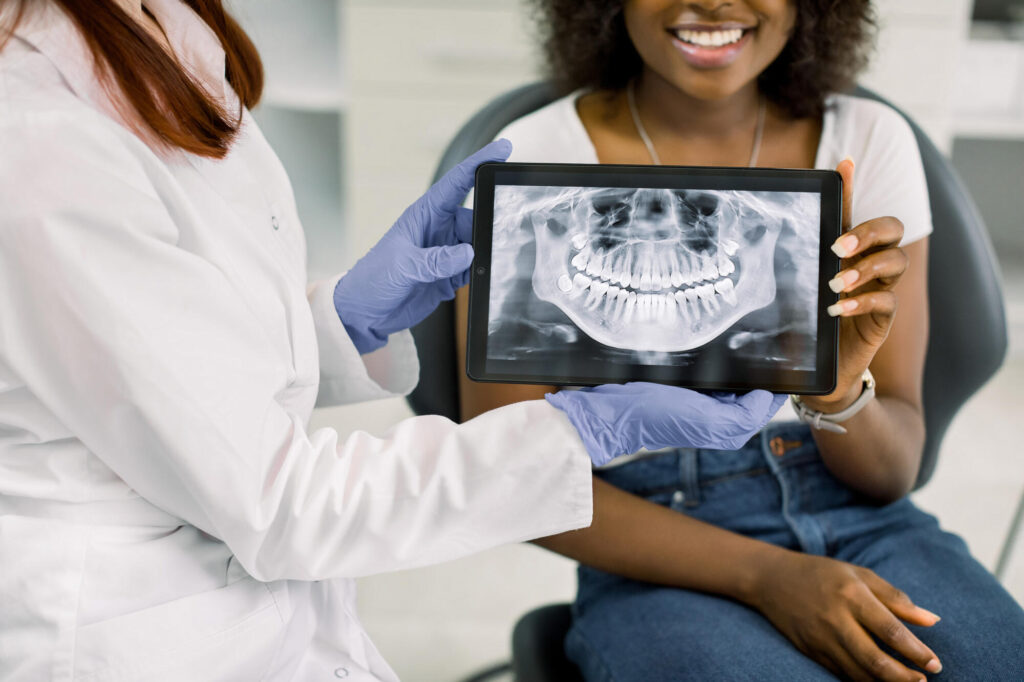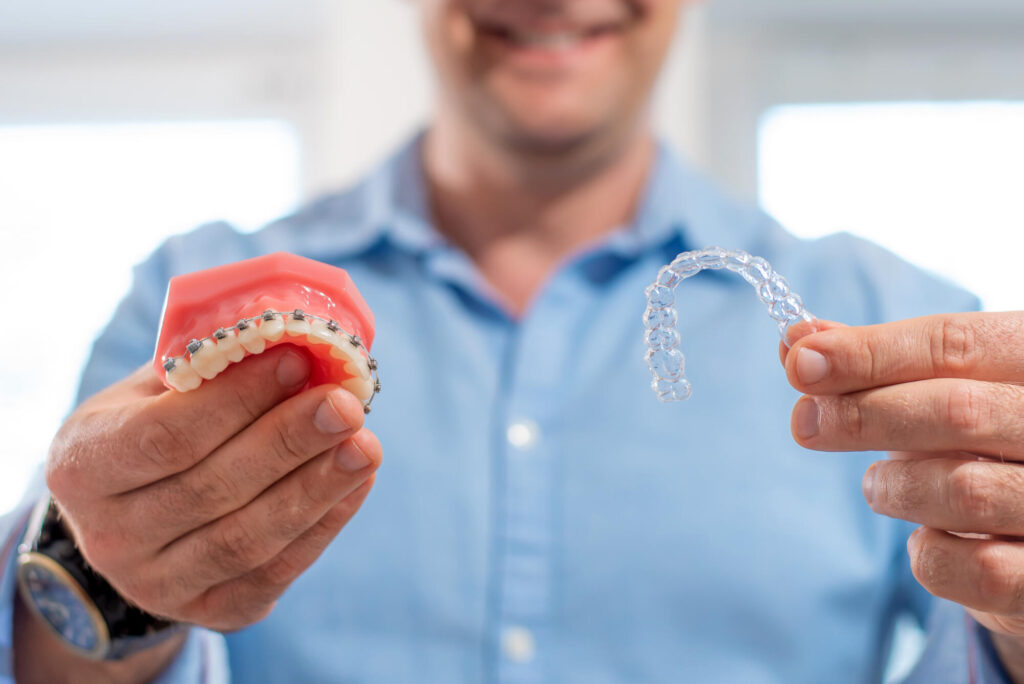August 30, 2024
Pursuing orthodontic treatments is common worldwide. According to Very Well Health, around three million American and Canadian adolescents have braces. However, it can be difficult to know when to start braces and other treatments for your child.
As orthodontic professionals, we understand parents want their children to have the best smile possible. Knowing what type of braces to get and when to schedule their first orthodontic services appointment is a key part of the process. You might also wonder how long it’ll take them to achieve a flawless smile.
This blog will discuss common kids’ orthodontic services. We’ll also discuss the average orthodontic treatment timeline and what factors can affect this.
Ideal Age for Starting Orthodontic Treatment
The American Association of Orthodontists (AAO) recommends that you schedule your child’s first orthodontist appointment around the age of seven. You can also bring them to the orthodontist if you or a dentist notice issues with their bite.
Keep in mind that your child’s jaw and teeth are continuing to develop at this age. This makes it easier to address some orthodontic issues, such as:
- Overcrowding
- Underbites
Many orthodontists prefer to start orthodontic services once your child’s permanent teeth have come in.
Signs Your Child Needs Braces
There are a few signs you can keep an eye out for as a parent to see if your kid needs braces. Knowing these signs in advance can help you catch oral health problems before they become more severe.
Crowded Teeth
As we mentioned, early intervention can help remedy overcrowded teeth. As your child’s permanent teeth grow in, there might not be enough room in their mouth to fit the new teeth. Some of the negative effects this can have on your child include:
- Developing a lisp
- Difficulty chewing
- Teeth coming in at odd angles
Braces will put pressure on your child’s teeth and move them into the correct position. They can also address issues teeth crowing may cause, like an over or underbite.
Lost Baby Teeth Too Late or Early
When your child loses their baby teeth, can affect whether they’ll need braces. It’s uncommon for children to lose all their baby teeth early. However, factors like tooth decay and injury can cause their baby teeth to fall out prematurely,
Dental complications can arise if this happens to your child. Losing baby teeth too late can also cause misalignment issues when their permanent teeth come in.
You can expect your kid to start losing their baby teeth around the age of six. If they start losing their teeth before or after that age, take them to the dentist.
Gaps in Their Teeth
It’s okay if your child is young and has gaps between their teeth. As their adult teeth come in, those gaps will fill in. If they still have gaps between their permanent teeth, it may be time to book an orthodontist appointment.
Getting braces or another type of orthodontic treatment will remedy these gaps. They’ll also help improve oral health and self-esteem.
Gaps between teeth can cause plaque to accumulate in the open spaces. Plaque eventually hardens into tartar, which increases the likelihood of your child developing periodontitis and gingivitis. Addressing those gaps right away can help them avoid serious issues while fixing their smile.
Factors That Affect the Duration of Orthodontic Treatments
According to Healthline, the average orthodontic treatment timeline is around one to three years. Your child may need them on for a longer or shorter period. Different circumstances can affect that timeframe.
Their Bite
Your bite refers to how your bottom and top teeth align. Your child’s bite might not line up like it should, and they could need treatment for one of the following bites:
- Deep bite
- Crossbite
- Underbite
- Open bite
How Crooked Their Teeth Are
Many people get braces to fix problems with how their teeth look. Common problems can include:
- Too far apart spacing
- Crowded teeth
- Teeth that stick out
Treating these issues isn’t just important for your child’s smile’s aesthetic appearance, it’s also key for preventing other oral health issues, such as:
- Enamel erosion
- Gum disease
- Cavities
The severity of your child’s misalignment will determine how long they have their braces on. Some instances might require the removal of some of your child’s teeth to fix their issues.
Your Child’s Oral Hygiene Habits
How well your child takes care of their teeth will affect how long they need orthodontic treatment. The more they floss and brush their teeth, the fewer delays you’ll encounter with their treatment plan. Practicing good oral hygiene can help them get their braces off faster.
Some tips to keep in mind for when your child has braces include:
- Brushing and flossing their teeth at least twice a day
- Brushing after meals
Not Following Your Orthodontist’s Instructions
You and your child will receive a list of instructions to follow once they get their braces. This can include:
- Not eating foods that are sticky, hard, or crunchy
- Wearing a mouthguard when playing sports
- Avoiding chewing gum or ice
Partaking in any of these activities could cause damage to your child’s braces and extend their treatment timeline. It could also result in you having to pay more money.
Schedule an Appointment to Discuss Orthodontic Services for Your Child
It can be confusing to know when to start braces for your child, but SouthShore Orthodontics is here to help answer any questions you may have. We are committed to providing you and your family with exceptional orthodontic care in Florida. We provide a wide range of services, including Invisalign and braces for children. Contact our office to schedule a consultation.

